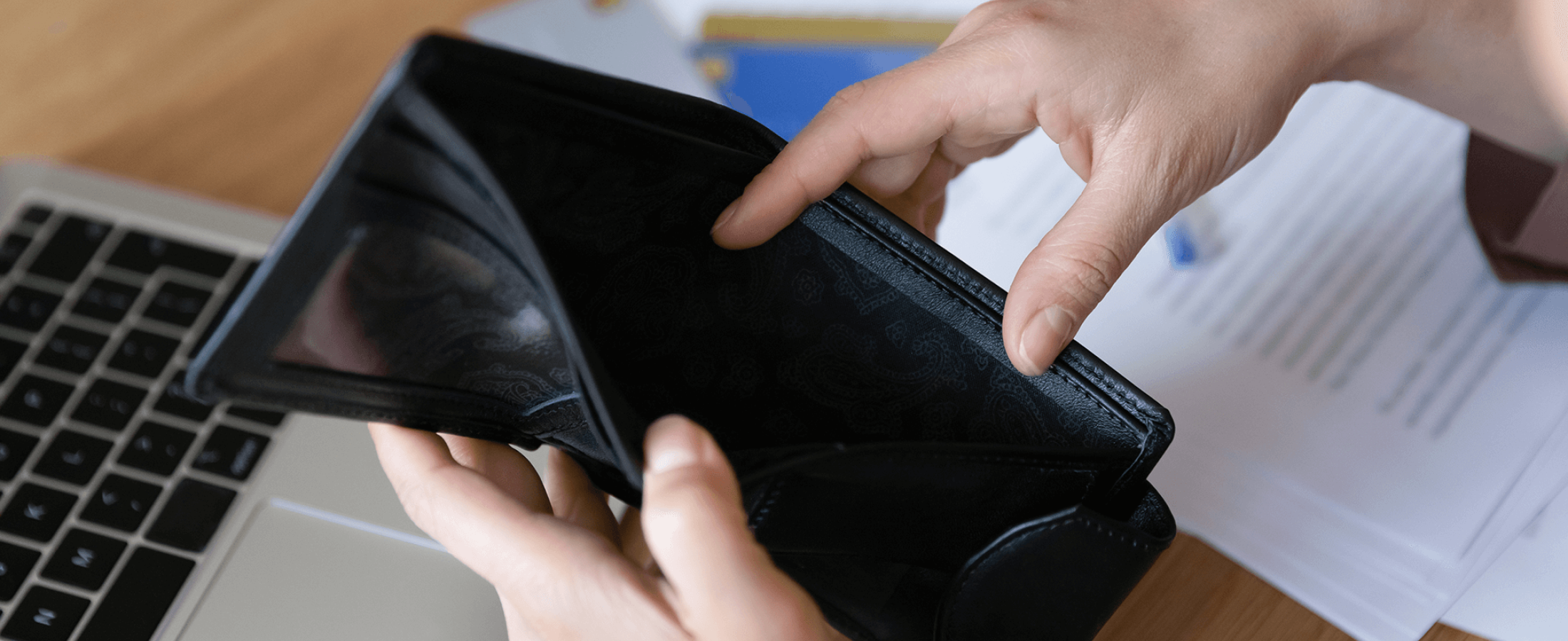
Things to know about bankruptcy
Bills piling up or thinking of ways to fix your financial situation? If so, you’re not alone. If you’re struggling to pay your bills and considering filing for bankruptcy, you should consider some tips before heading in this direction.
What is bankruptcy?
As a legal process, bankruptcy helps people who can’t pay their bills and allows you to wipe out debt, giving you a fresh start. Filing for bankruptcy will also give you “breathing space,” halting foreclosure or legal action, and stopping creditors from demanding payment.
A long and costly process, bankruptcy may not solve all your problems. You may not be able to eliminate all your debts. For example, certain types of debt such as child support and taxes can’t be discharged for public policy reasons. It also depends on whether the debt is secured or unsecured. Secured debts have “collateral” property such as a mortgage or car loan. If you default on a secured loan, the creditor takes the collateral. With unsecured debt, there is no property associated with the debt that creditors can repossess. This includes credit card balance, medical bills, and certain personal loans.
If you don’t want everyone to know about your financial issues, bankruptcy may not be the best choice. Once you file, it’s public record. Anyone can see your income, assets, and debts. Bankruptcy can also affect your credit, staying on your credit report for up to 10 years.
Common types of bankruptcy for individuals
Based on your financial situation, you may decide which type is best for you. These include:
- Chapter 7: Known as liquidation, most people file under this type of bankruptcy. It will wipe out most of your general unsecured debts without paying back through a repayment plan. Chapter 7 bankruptcy is best if you have little to no assets.
- Chapter 13: This type of bankruptcy is for people with regular income from wages or salary who can pay back debts through a repayment plan. You can keep your property; however, you’ll have to pay the value of your “non-exempt” properties such as your car. Chapter 13 bankruptcy is best if you’ve fallen behind on payments, want to catch up on missed bills, and keep your properties.
There are limitations to the number of times you can file – Chapter 7 is once every eight years and Chapter 13 is every six years. If you decide to file, don’t rack up new debt or drain your retirement account.
Keep in mind that you may want to hire an attorney to help you choose the best option.
Are there other options before filing?
Consider other alternatives before you file for bankruptcy. These include:
- Credit counseling: Before you file, you must sign up for credit counseling from an approved agency. Visit the U.S. Department of Justice for a list of agencies by state and judicial district.
- 401(k) loan: You may borrow from your 401(k)-retirement fund; however, experts say this option should be used as a last resort.
How long does the process take?
Chapter 7 bankruptcy can take as long as four to six months while Chapter 13 takes three to five years to complete. With Chapter 13, the bankruptcy court must approve the plan. You’re also allowed to keep certain property such as your car while you make payments.
The information in this article was obtained from various sources not associated with Adirondack Bank. While we believe it to be reliable and accurate, we do not warrant the accuracy or reliability of the information. Adirondack Bank is not responsible for, and does not endorse or approve, either implicitly or explicitly, the information provided or the content of any third-party sites that might be hyperlinked from this page. The information is not intended to replace manuals, instructions or information provided by a manufacturer or the advice of a qualified professional, or to affect coverage under any applicable insurance policy. These suggestions are not a complete list of every loss control measure. Adirondack Bank makes no guarantees of results from use of this information.

